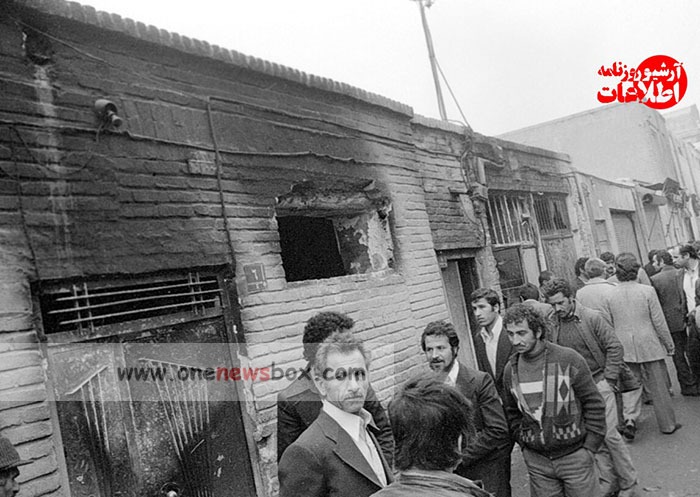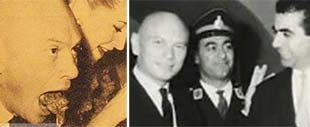With the collapse of the Qajar dynasty, the population of prostitutes increased, leading to the expansion of the area. This was partly due to the founding of the Pahlavi dynasty. When Reza Shah declared the extinction of the Qajar dynasty, he dissolved the Qajar harem, expelling all its women from the court. Reza Shah opposed the concept of a royal harem, and as a result, hundreds of women and girls, who had previously lived in the harem and engaged only in sexual activity within it, were displaced. Many of these women were moved to the Qazvin Gate area. Some died of disease and poverty, some married Qajar princes or wealthy individuals, and the rest turned to prostitution. Despite this, Shahr-e-No remained a relatively small neighborhood at that time.
Shahr-e-No During the Pahlavi Era
During Reza Shah’s reign, parts of the neighborhood were rebuilt, turning it into the center of prostitution in Tehran. The government justified the establishment of this regulated area as a way to control prostitution. Reza Shah ordered the Nazmiyeh-Shahrbani to remove prostitutes from central Tehran and relocate them to the outskirts near the Qazvin Gate in the Qajar neighborhood.

